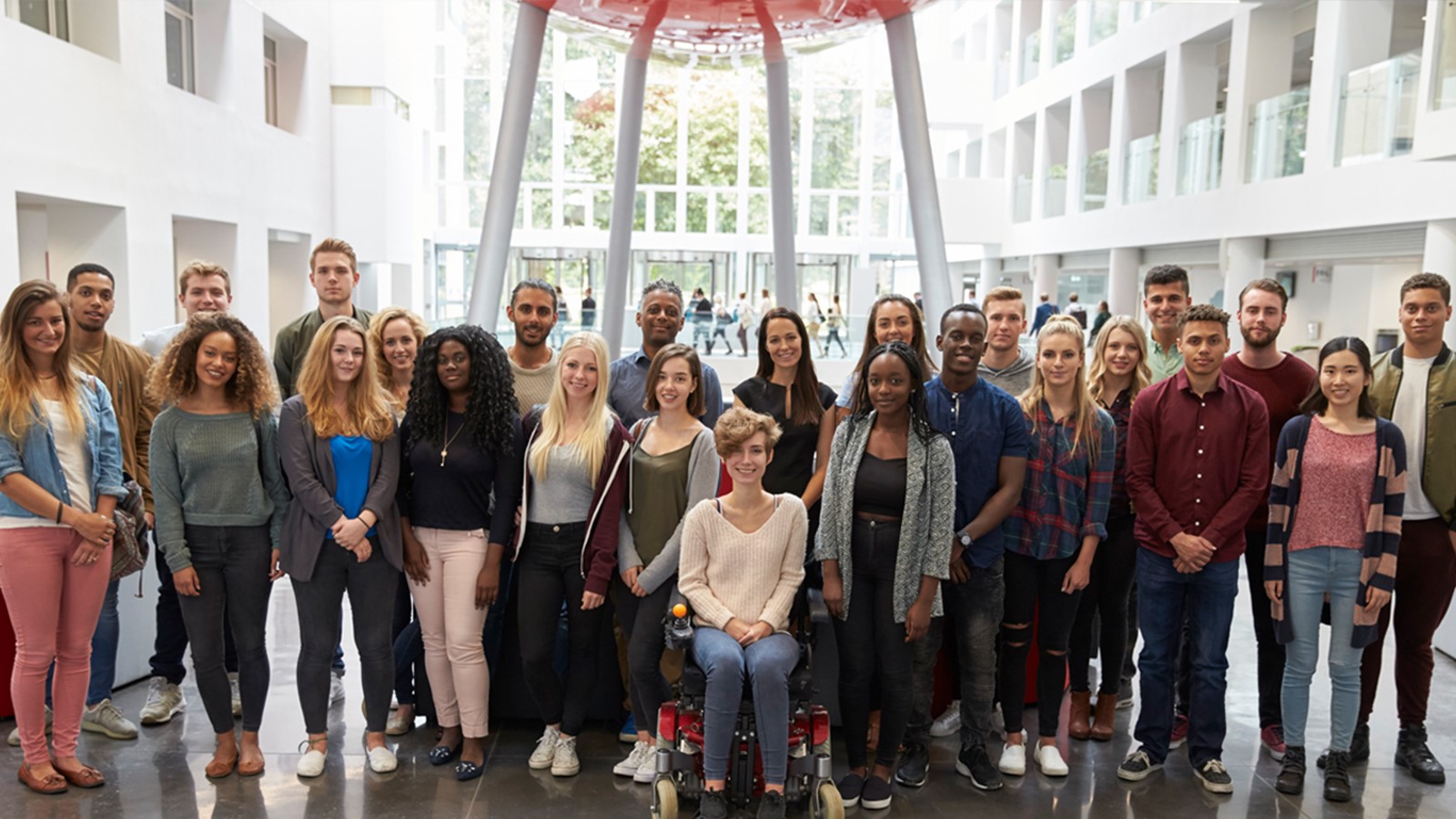This section questions the concept and validity of different types of evidence and explores competing needs for data collection and service delivery.
We’ll also consider how resources are spent and how the deployment of resources best addresses social injustice issues and needs. We’ll outline how a method like the Social Response Cycle can provide an alternative to a more conventional research or feasibility study approach to gathering evidence. We'll illustrate how the Social Response Cycle encompasses both strategy and implementation.
At the end of this section, we review the types of project for which the Social Response Cycle is suited and examine the specific phases of a Social Response Cycle project.
Rapid response to social need
In the introduction, Beverley talked about how she felt troubled and powerless in the face of the social injustices she was encountering. She had a feeling of passivity and inadequacy and yet at the same time she felt moved to take some action, as the title of this section suggests - to do something. We’ve already considered in the previous section some of the dynamic personal capabilities which Beverley feels are useful to develop in order to take appropriate entrepreneurial action. Here she discusses and describes why and how she developed a structure for taking action – The Social Response Cycle. She uses Mothertongue as a case study to illustrate the ideas.
Listen as Beverley explains how the idea began.
Download transcript for Rapid response to social need (Word file)
The structure of the Social Response Cycle
Here you'll be introduced to the four phases of the Social Response Cycle.
Download transcript for The structure of the Social Response Cycle (Word file)
Social Response Cycle handout
Download a handout copy of The Social Response Cycle (PDF version), or The Social Response Cycle (Word version)
What purpose does the Social Response Cycle serve?
The Social Response Cycle endorses an experimental and experiential approach to the provision of service for the following reasons and purposes:
- so that a form of service can be provided to attend to a need quickly in some small way
- because time-consuming research can become out of date by the time it is ready to present its findings as need often changes quite radically on the ground. (For example, a demographic sampling, for a piece of research, may reveal that languages X and Y are widely spoken locally. By the time it takes to complete the research, world events may have provoked a significant increase in migration of speakers of language Z which was not evident when the sampling exercise was carried out)
- to generate practice-derived evidence upon which to build further, more enduring, effective and appropriate forms of service provision
- to provide a credible alternative, which can work together with standardised forms of research, to conceptualise, analyse and deal with the complexities and idiosyncrasies of human behaviour
- to present learning to commissioners and policymakers in a form that allows them to hear our messages quickly, easily and with clarity
The Social Response Cycle in practice
Here's an example of how the Social Response Cycle could be employed in practice. This is a small, light touch intervention and, in this case, involves no financial input.
Applying the Social Response Cycle
View this case exercise and questions, thinking about how you would apply the Social Response Cycle.
You may wish to pause the video to think about your response to each question.
Review
The following questions will help you to review what you've learned so far.
- how does the Social Response Cycle differ from other learning cycles?
- how could you apply the Social Response Cycle to an idea of your own?
- what are the strengths and weaknesses of the Social Response Cycle for therapeutically framed social action projects?
Summary
In this section you've learned about the structure of the Social Response Cycle and practice-derived evidence. You’ve learned how and why the Social Response Cycle evolved, and how it connects to and differs from Kolb’s Learning Cycle. You’ve heard about different examples of projects to which the Social Response Cycle can be applied, and you’ve considered how to evaluate its suitability for different projects.
In the next section, we'll look at an example of the process of applying the Social Response Cycle to access funding.
